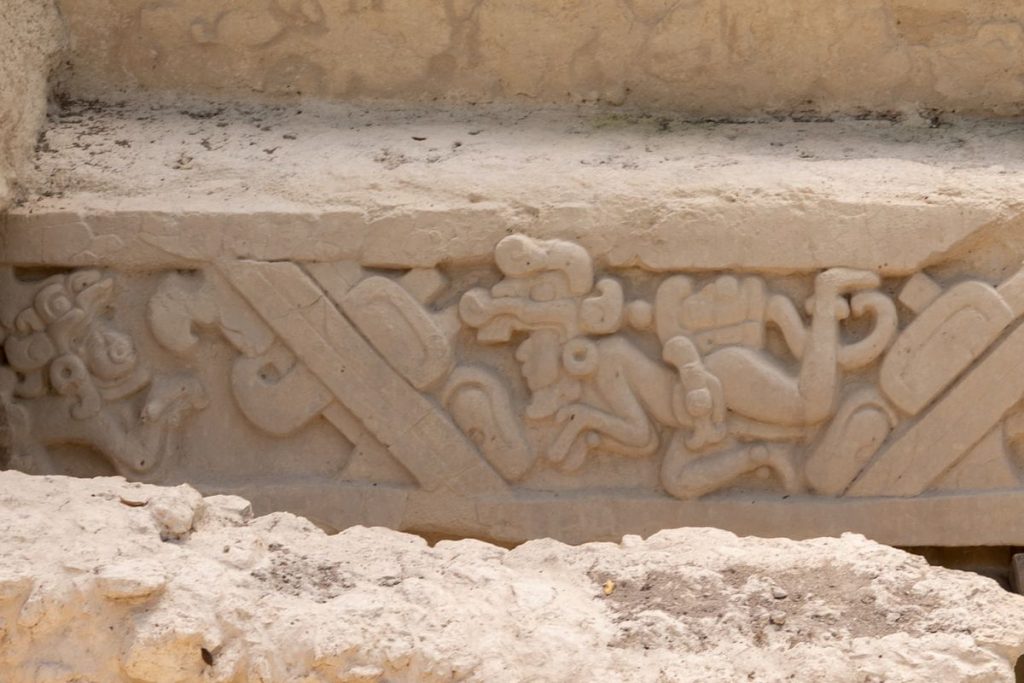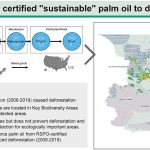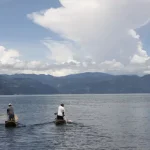- Researchers recently spotted an ancient Maya city using LiDAR. It’s located in the Balamakú ecological reserve on the west side of the Yucatan Peninsula.
- Further ground investigation showed an array of complex structures in an area otherwise largely unknown to researchers.
- The array of buildings discovered lends credence to the idea that this city could have played a major role in the region.
The jungles of the Balamakú ecological reserve on the Yucatan Peninsula recently offered up a remarkable look at an ancient Maya city, one likely to be rather regionally prominent. Though it is over 1,000 years old, this city wasn’t known to the modern age. Its re-discovery comes thanks to airborne laser scanning (LiDAR) and subsequent on-the-ground archeology.
Tucked some 37 miles deep in the jungle, a research team—led by Ivan Ṡprajc, a professor of archaeology from Slovenia who has directed work on the Yucatan Peninsula since 1996—took info from the airborne scan to discover the true location of a 1,000-year-old Maya city complete with complex buildings, plazas, and even a ball game site.
Highlighted by several pyramidal structures over 50 feet tall, the city is perched on a peninsula of high ground surrounded by extensive wetlands. The 123-acre site includes three plazas featuring “imposing buildings and surrounded by several patio groups,” according to Mexico’s National Institute of Anthropology and History (INAH), the group working to explore the densely vegetated reserve in the state of Campeche.
“Between the two main plazas there is a complex made up of various low and elongated structures, arranged almost in concentric circles” Ṡprajc says in a statement translated from Spanish. “A ball game is also included.”
Researchers named the newly discovered city Ocomtún, “stone column” in Yucatec Maya. The multiple cylindrical columns discovered likely serving as entrances to upper rooms of buildings.
As the team searched the site, they continued to locate structures leading toward the La Rigueña River that included stairways, monolithic columns, and central altars. The team also discovered an area for a ball field and the possibility of either markets or space for community rituals.
“The site served as an important center at the regional level,” Ṡprajc says, “probably during the Classic period (250-1000 AD). The most common ceramic types that we collected on the surface and in some test pits are from the Late Classic (600-800 AD); however, the analysis of samples of this material will offer us more reliable data on the sequences of occupation.”
The team believes the Ocomtún site underwent alterations sometime around 1000 AD, thanks to the shrines in the center of the patio and squares. “A reflection of ideological and population changes in times of crises,” Ṡprajc explains, “that, finally, by the 10th century led to the collapse of the complex sociopolitical organization and the drastic demographic decline in the Maya Central Lowlands.”
Located within 18 to 31 miles of three other Maya cities discovered within the last decade, the exploration of Balamakú ecological reserve continues to offer up exciting finds. The Ocomtún unearthing may prove the most alluring.





